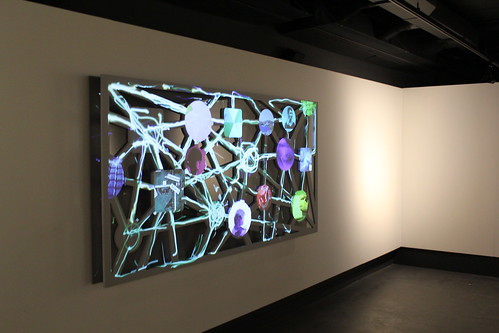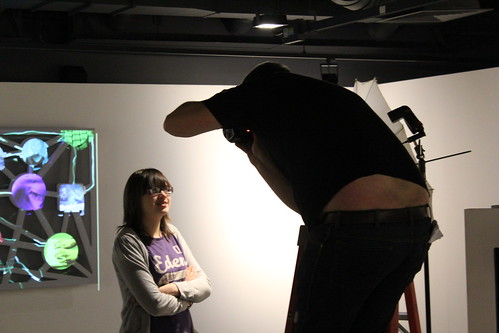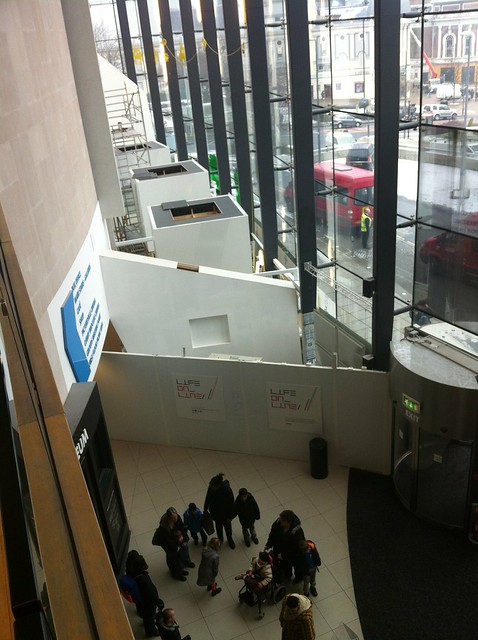Getting the opportunity to work on a brand new gallery doesn't happen very often, so when work began on Life Online and we found out we were going to make video content for it, we were very excited.
Creating videos for a gallery is fun, because you get to learn about the subject, film interesting people, and come up with creative ways to explain people's ideas in films that can be as short as one minute! We've learned a great deal about the history and development of the internet from the Life Online team, and we've had the chance to work with the founders of the internet, the people whose ideas created the online world we know today.
One man we had the pleasure to film was Vint Cerf, who not only co-created the foundations for the internet back in 1973, but inspired the character of 'the architect' in The Matrix Reloaded movie... what greater accolade?
We met him in a small meeting room in Oxford while he was in the UK attending a debate about the future of the internet. He gave us his time for free, waited patiently as we set up the camera, answered all our questions (intelligent technical ones from Life Online curator Tom, and less intelligent ones from me, "can you tell us, again, about the time when you turned OFF the internet?") and even though we overran our allocated time, he stayed with us to make sure we had everything we needed. He is one of the nicest men I've ever met. You can see him in films all around the galleries, explaining how it all began.
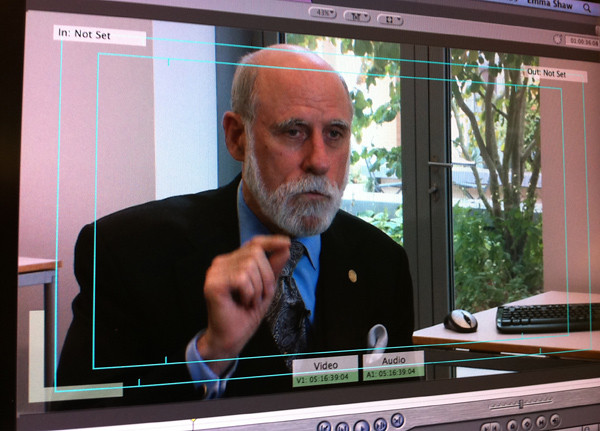
We also recorded some interviews over Skype, with legendary figures such as Ray Tomlinson, who is credited with being the inventor of email. He told us about sitting in his office late one evening, acting upon an idea he'd had to send electronic mail between computers. In that moment he effectively changed the way we all communicate today - can you imagine life before email? When he achieved this, it was so late in the evening that the building was empty, so he didn't even have anyone to tell!
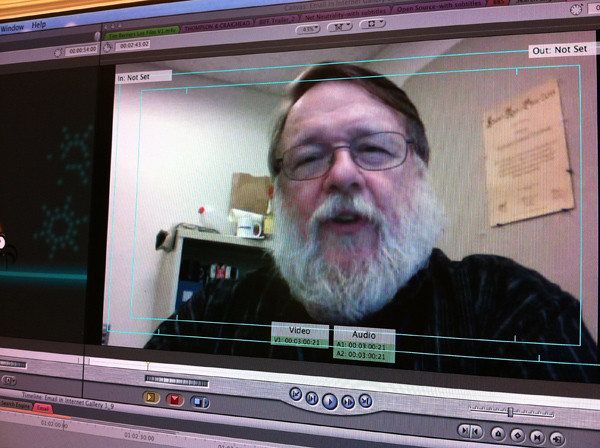
There were some creative challenges, like how to explain what TCP/IP is, in a way that we could understand ourselves. Our in-house animator Sven Shaw came to the rescue and created some beautiful animations which show how TCP/IP enables pockets of information to be carried along the networks, like pigeons carrying mail, effectively allowing information to flow freely and efficiently across the networks. You can see the full film in the gallery.
Want to know how a search engine works? Find our in the gallery, with the help of our friendly web crawler spider.

It's not all been hard work. We've enjoyed watching old technology programmes from the 1980s which announced great innovations such as the floppy disk, and computers which could connect to a network via the telephone (if you have a few hours to wait), so people could talk to each other online for the very first time.
It's amazing to be a part of the Life Online team, and we hope you enjoy watching our videos as much as we enjoyed making them.
Your own videos can be a part of Life Online too. Visit www.nmemlol.wordpress.com and take part in missions for the Your Life Online Project.

